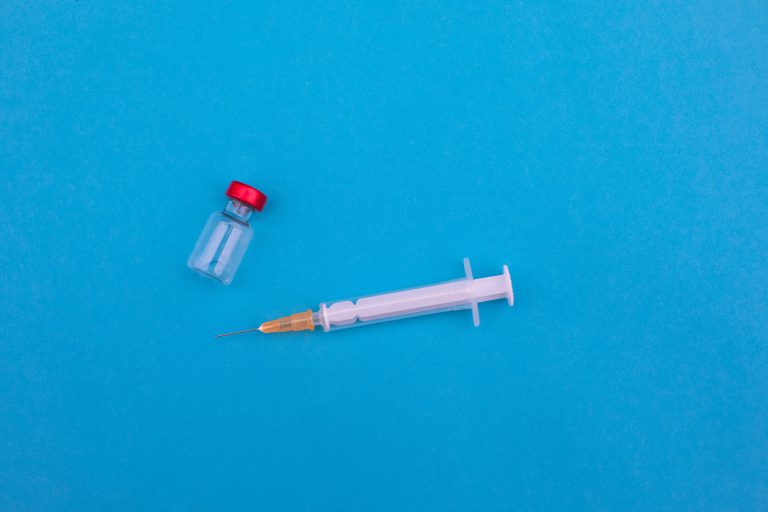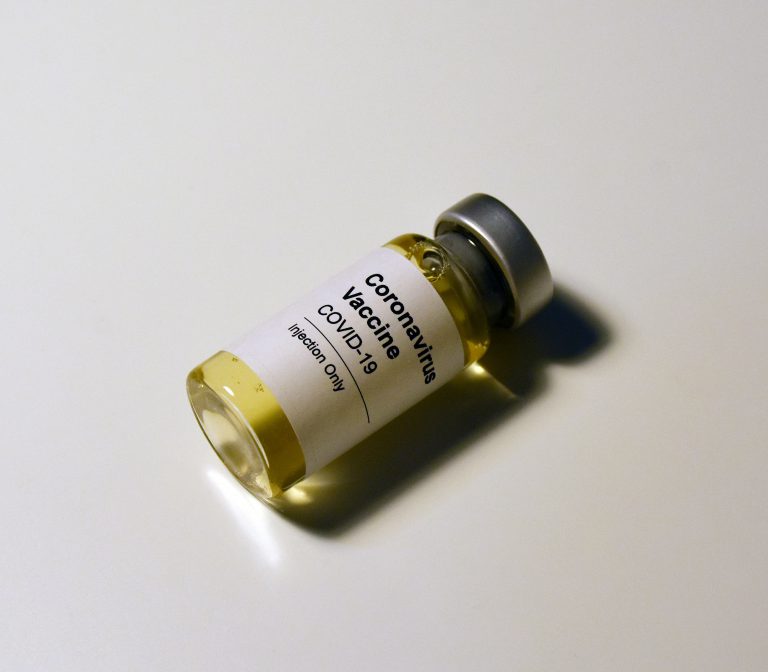Going on regular dental visits isn’t just to keep your teeth white and healthy. In addition to preventing the development of cavities, tooth decay, and gum disease, it can also detect early signs of oral cancer. Unfortunately, according to the American Cancer Society, more than 49,000 Americans are diagnosed with oral cancer, wherein most of the deaths are due to late detection.
With that in mind, knowing the tell-tale symptoms can make a world of difference in treating the disease in its earlier stages. To that end, the guide below should teach you the basics of oral cancer and what you should look for:
What is Oral Cancer?
This form of cancer manifests within the oral cavity or lining of the mouth – from the gums, palate, tongue, or insides of the cheeks. It typically appears on the floor of the mouth or tongue, though it can also grow in the tonsils, salivary glands, or pharynx.
Oral cancer falls under head and neck cancer, wherein it first metastases throughout the lymphatic system. In that regard, you can detect the red flags of the early development of oral cancer by looking at the lymph nodes.
Signs and Symptoms of Oral Cancer
Some of the common symptoms include the following:
- Persistent lumps along with the mouth, cheek, or neck.
- A numb sensation on the tongue or lip.
- The appearance of white or red patches in the mouth or on the lip.
- Loosened teeth.
- Difficulty swallowing.
- Persistent earaches.
Some of the symptoms above can also indicate other health issues, which is why it’s always crucial to check with your dentist as soon as you start to notice these warning signs. Upon inspection, the dentist will likely determine the root of the symptoms.
Depending on the findings, they may refer you to a specialist to undergo more in-depth assessment, especially if they spot any abnormalities.
Risk Factors for Oral Cancer
It’s also better to be aware of the factors that put you at risk of developing oral cancer, including the following:
- Individuals who are long-time smokers have higher chances of developing oral cancer due to tobacco.
- Heavy alcoholic drinkers are also at risk, especially when you combine smoking cigarettes and drinking alcoholic beverages.
- Those with a personal history of oral cancer can develop a second round, especially if they do not quit their smoking or drinking habits after treating the early stages.
- Excessive sun exposure can also trigger cancer of the lip.
- A sexually transmitted disease called the Human Papilloma Virus (HPV) can also cause oral cancer.
The factors above should help you change your lifestyle to minimize the risk of developing cancer. Tobacco products and excessive drinking can also trigger a plethora of other diseases, helping to cut it out of your lifestyle as early as possible.
The Bottom Line
Oral cancer can be a painful and life-threatening disease when left unchecked, so the guide above should clue you in on the signs to look for to ensure you can detect and treat the symptoms as soon as possible.
If you’re looking for more information on oral cancer, browse our website to read more about its symptoms, diagnosis, and treatment plans. We also offer the latest updates in the medical industry, so stay tuned for more news!



















